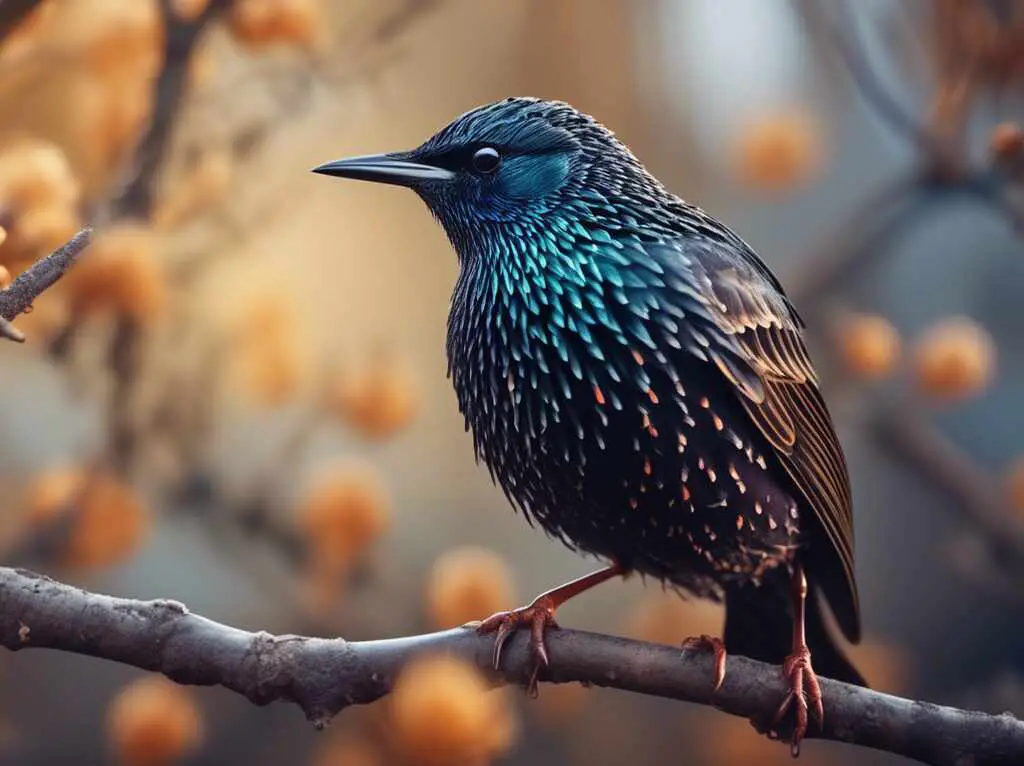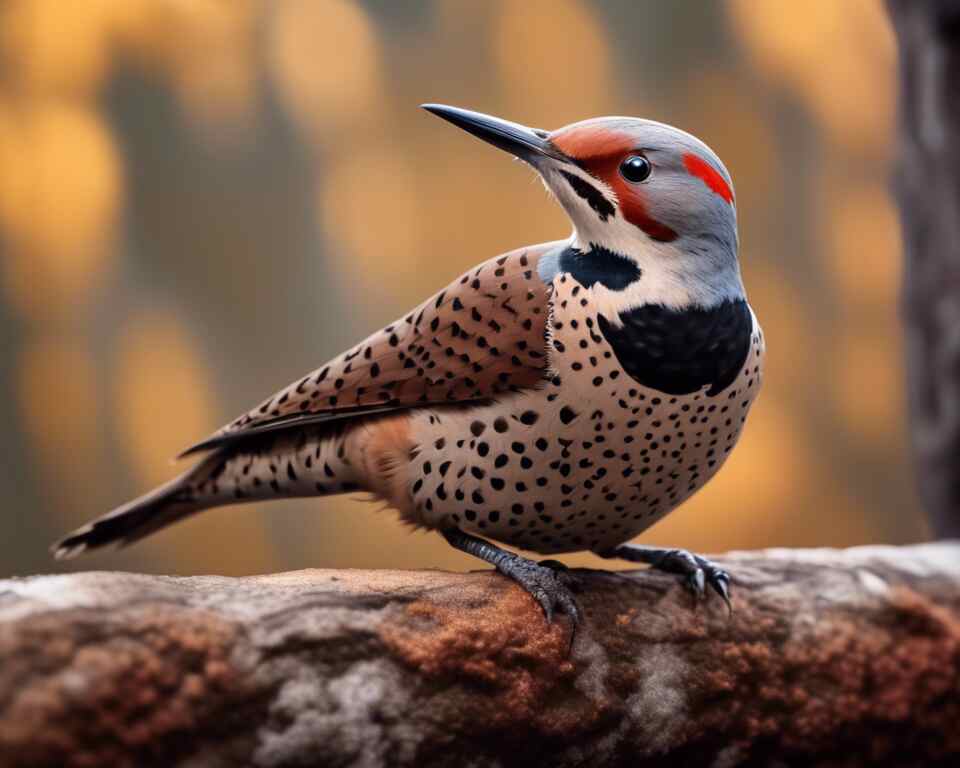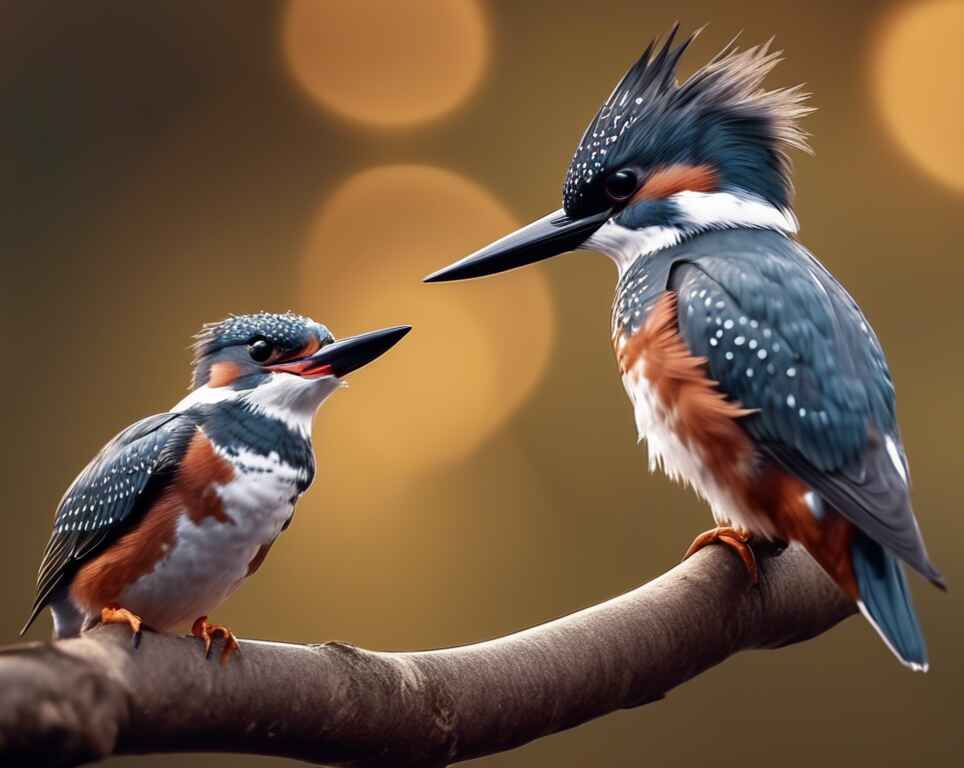Curious about the mysterious clicking sounds echoing through your backyard? Join us on a journey into the avian world as we uncover the identity of the wild bird behind those intriguing clicks. From woodland drummers to river-side rattlers, discover the fascinating birds that bring a symphony of clicks to nature’s orchestra.
Table of Contents
- 1 Discovering Which Wild Bird Makes a Clicking Sound
- 2 Bird Sounds 101: Not Just For The Birds
- 3 The Clicking Culprits: Meet Nature’s Own Tap Dancers
- 4 Why All The Clicking? Bird Behaviors Explained
- 5 Birdwatching: It’s Not Just For Early Birds Anymore
- 6 Conservation: Keeping The Clicks Alive
- 7 The Grand Finale: A Symphony of Clicks
- 8 Author
Discovering Which Wild Bird Makes a Clicking Sound
Picture this: There I was, hiking through a forest that was supposed to be peaceful. Key word: supposed to be. Instead, I found myself in the middle of what sounded like Nature’s own morse code convention. Click, click-click, clickety-click!
At first, I thought I’d stumbled into some kind of bizarre insect rave. But nope! Turns out, those clicks were coming from birds. Birds! Can you believe it? I couldn’t. I mean, I knew birds could chirp, whistle, and even mimic car alarms (looking at you, mockingbirds), but clicking? That was new.
So, like any normal person with a sudden, burning obsession, I dove headfirst into the world of clicking birds. Spoiler alert: it’s way cooler than I ever imagined!
Bird Sounds 101: Not Just For The Birds
Before we get into the clicking superstars, let’s break down bird sounds in general. Think of it as your crash course in “Tweeting: Beyond Twitter.”
The Bird Sound Spectrum: From Melodies to Morse Code
- Songs: This is the stuff of Disney movies. You know, the beautiful melodies that make you think the birds are about to help you get dressed in the morning. Turns out, it’s usually just male birds saying, “Hey ladies, check out my vocals!”
- Calls: These are like bird text messages. Short, sweet, and to the point. “Food here!” “Danger!” “Has anyone seen my keys?”
- Non-vocal sounds: This is where things get weird and wonderful. Some birds are basically walking (flying?) percussion instruments. Wings that whoosh, feathers that whistle, and yes, beaks that click!
The Clicking Culprits: Meet Nature’s Own Tap Dancers
The Northern Flicker: The Woodpecker Who Forgot How to Peck
First up on our quirky bird tour is the Northern Flicker. Imagine a woodpecker having an identity crisis, and you’re halfway there.
- What they look like: Think of a brown bird with polka dots, wearing a bright red party hat. Nature was clearly feeling funky when it designed these guys.
- Where to find them: Look for the bird version of a garage band, usually practicing their “drumming” on the nearest metal rooftop or gutter.
- The sound: Less “click” and more “rapid-fire drumroll.” It’s like they’re constantly announcing the world’s fastest quickdraw contest.
The Belted Kingfisher: River Rattle Superstar
Next up is the Belted Kingfisher, the bird world’s answer to the question, “What if maracas could fly?”
- What they look like: Imagine a blue jay hit a growth spurt and decided to style its hair into a permanent mohawk.
- Where to find them: Anywhere there’s water and fish. They’re like the paparazzi of the river, always on the lookout for their next scaly photo op.
- The sound: A rattling click that sounds like someone shaking a box of pebbles. It’s their way of saying, “This is my fishing spot. Go find your own river!”
The European Starling: Nature’s Cover Band
Last but not least, we have the European Starling, the ultimate avian impersonator.
- What they look like: A black bird with an oil-slick sheen and more speckles than a teenager’s face.
- Where to find them: Everywhere. No, seriously. These birds are the ultimate party crashers of the bird world.
- The sound: Anything and everything. Clicks, whistles, car alarms, your ringtone… if it makes a sound, a Starling can mimic it.
I swear, the Starlings in my backyard have started mimicking my off-key shower singing. It’s like living with feathered, judgy music critics.
Why All The Clicking? Bird Behaviors Explained
Birds click for several reasons, reflecting their diverse communication strategies and adaptations:
- Territorial Communication: Clicks often serve as territorial signals, indicating boundaries and warding off intruders.
- Courtship and Mating Calls: Some birds use clicks as part of their courtship displays, signaling readiness to mate or attracting potential partners.
- Alarm and Warning Signals: Clicks can function as alarm calls, alerting others in the flock to potential dangers such as predators.
- Echolocation: Certain birds, like the oilbird, use clicks for echolocation to navigate in low-light conditions or dense forests.
- Species-Specific Communication: Each species may have unique clicking patterns that help identify members of the same species or distinguish between different types of threats.
These behaviors highlight the complexity of avian communication, showcasing how clicks play integral roles in their survival, reproduction, and social interactions.
Birdwatching: It’s Not Just For Early Birds Anymore
Feeling inspired to do some bird-watching of your own? Here are some tips from someone who has made every rookie mistake in the book (yes, that’s me):
- Invest in binoculars: Unless you have superhuman vision or don’t mind birds restraining orders.
- Wake up early: I know, I know. But the early bird gets the… well, bird.
- Be quiet: Turns out, yelling “HERE, BIRDY BIRDY!” is not an effective strategy. Who knew?
- Keep a journal: Trust me, after a while, all those little brown birds start to look the same.
- Bring snacks: For you, not the birds. Unless you want to be known as the local bird mob boss.
Conservation: Keeping The Clicks Alive
Now for a slightly more serious note (but just slightly, I promise). Many of our clicking feathered friends are facing some tough times:
- Habitat loss: Turns out, birds aren’t big fans of parking lots replacing forests. Who’d have thought?
- Climate change: It’s not just making your summer uncomfortable; it’s messing with bird migration big time.
- Invasive species: Sometimes, birds from other places move in and start acting like they own the place.
But don’t worry, it’s not all doom and gloom! There are plenty of ways we can help:
- Plant native species in your garden: It’s like creating a bird bed and breakfast.
- Keep your cat indoors: Sorry, Fluffy, but you’re kind of a feathered serial killer.
- Support conservation organizations: Your dollars can help give birds a fighting chance.
The Grand Finale: A Symphony of Clicks
So there you have it, folks! The weird and wonderful world of clicking birds. From woodpeckers with an identity crisis to flying maracas and nature’s own cover bands, the bird world is a non-stop comedy show (with really great sound effects).
The next time you’re out in nature and hear an odd click, rattle, or roll, don’t freak out. It’s not a broken robot or a particularly rhythmic ghost. It’s probably just one of our fabulous feathered friends, doing their thing.
And who knows? Maybe you’ll be inspired to start your own weird hobby. Bird watching, anyone? Just remember: if you start clicking back at the birds, your family might start to worry. But hey, that’s half the fun!
Until next time, keep your ears open and your sense of humor ready. The birds are out there, and they’ve got a symphony of clicks just waiting for you!





